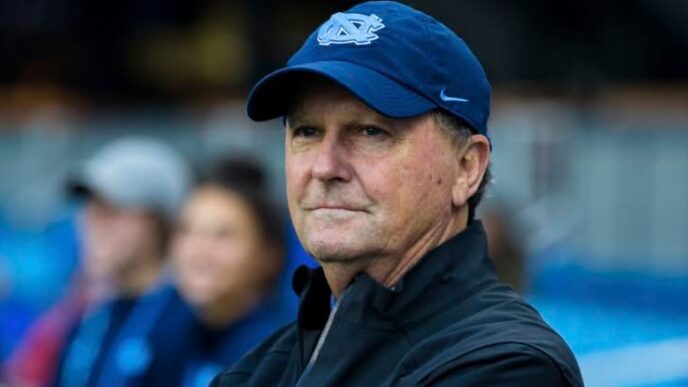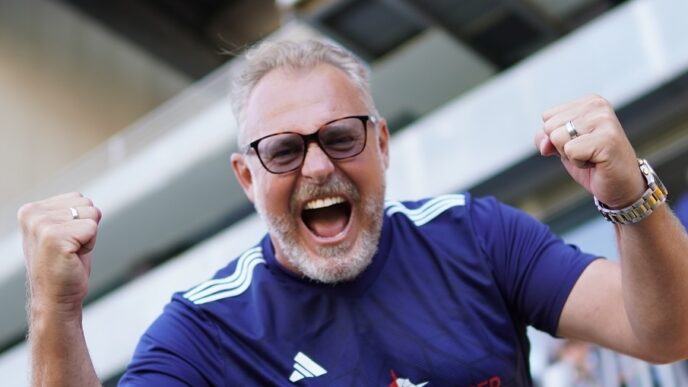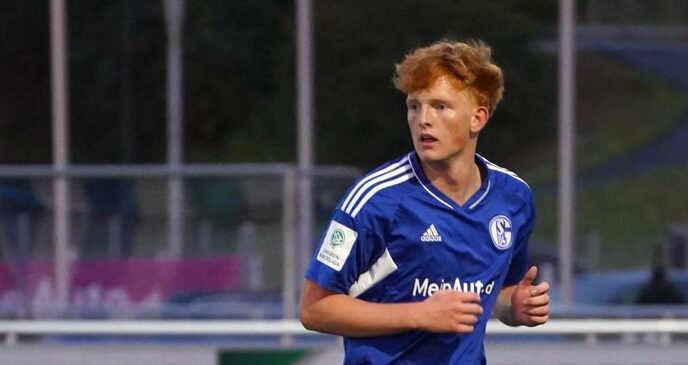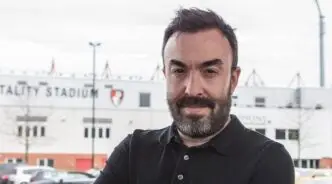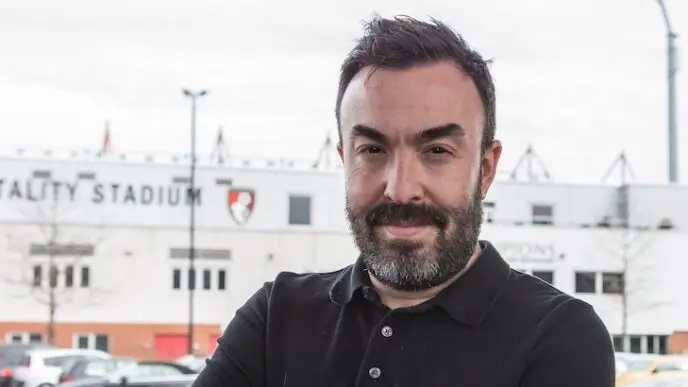Challenges in American Youth Soccer Player Development
Jason Pratt is a former Director of Coaching and former Director of Training with Boyertown Soccer Club and is currently a Partnership Manager for Positive Coaching Alliance (PCA).
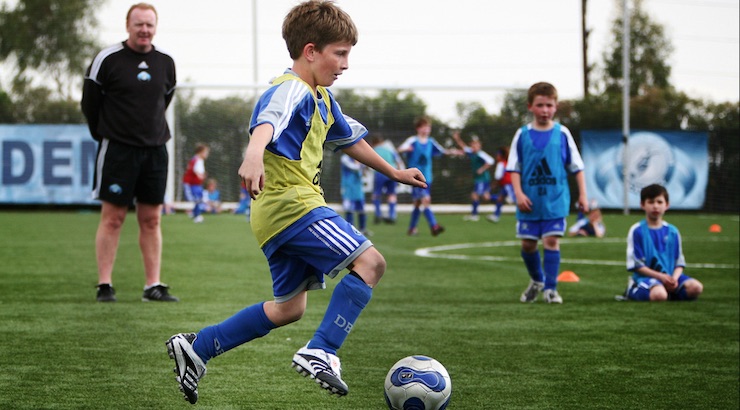
SoccerToday Interview with Jason Pratt
Diane Scavuzzo: What are some of the challenges in American youth soccer?
Jason Pratt: Problems and strengths co-exist at most levels of youth soccer in America. There are some great things about American youth soccer, not the least of which is the fact that it is the most popular sport being played at the younger ages. I see a few things that are hindering development right now.
At the organizational level, we have issues with high prices to play and a lack of corporate sponsorship, which could be used to provide scholarships to many players who can’t afford the fees.
There are a small handful of academies where you can play at no cost if you pass the “try-out” process, but these are few and far between. Many soccer boards are also staffed with people who mean well but simply are not educated enough to make firm strategic decisions that create better development systems.
A Director of Coaching can be a big help with that, but the youth soccer club needs to have the ability to identify the right person, the funds to hire that person, and the culture to manage and support that person.
At the coaching level, issues range from over-coaching to poor communication from coaches. The majority of youth soccer clubs in America rely upon volunteer coaches, some of whom have no licenses or training while others have just barely taken steps down that path. Still, both groups may lack some of the attention to details that make a massive difference in the effectiveness of the lesson.
Youth coaches, whether paid or volunteers, should be expected to provide the best possible environment and experience for the kids who have asked for their leadership. The best way to give our youth soccer coaches that ability is through continued education, such as on-going license attainment and mentor programs. Statistics clearly show that countries with the higher-licensed coaches perform better – even at the game’s highest levels.
Many coaches also put too much of a focus on tournaments and use them to obtain higher team rankings, so they end-up playing way more games than they should. During a typical 60-minute soccer game, players will only touch the ball an average of 3 minutes. Compare that to a training session designed around ensuring that the ball is at everyone’s feet and you can see how the technical development of the player takes a back seat on game-day.

American coaches also tend to focus too heavily on winning games. I am an American coach and enjoy being on the winning side of games, but it can’t be about winning at the development stage. If we do that, we are prescribing mediocrity, which is not what Americans strive to achieve. If we can all agree that developing the technical player is paramount, and if we can then focus on developing the competitor next (including strategy), we’re talking about profound advancements.
Finally, parents are often not the friends of development. An overwhelming majority of parents that I hear on the sidelines are focused on aspects of the game that translate to the scoreboard win, and they miss the details that demonstrate effort and creativity – two major characteristics that nearly every top-skilled soccer player will demonstrate.
I often hear people talking about how parents need to be better educated on the rules of the game. That would be nice, but much more important is that they are educated on what it takes to develop into a stronger soccer player and a stronger competitor – and cheer on those qualities instead of worrying about the score or the calls the ref may have missed.

Diane Scavuzzo: Why does American youth soccer have these problems? Is it the size of the country? The youth clubs turning soccer into a business? A lack of leadership?
Jason Pratt: In much of the world, soccer has existed for so long that successful and profitable professional clubs are all around the countryside. Most of these clubs will have an academy program where you don’t have to pay to play; they even educate you while you are involved. Even though MLS (Major League Soccer) is showing some positive signs, that infrastructure isn’t possible right now. Development has to be left in the hands of independent clubs.
Making matter worse, these clubs are not all following similar curriculums and do not even necessarily have similar mission statements or goals. There are multiple “governing’ bodies in American youth soccer and while there are similarities between them, there are also mixed messages.
Lack of financial support from the corporate world, over-competitiveness of coaches and parents, and a divided leadership at the top all combine to create a problem for us to solve.

Diane Scavuzzo: Is the problem the American soccer culture which grew up on fast foods and immediate success in other sports?
Jason Pratt: I think this more explains why soccer isn’t as popular with sports fans in America than it addresses anything related to development. Sure, the desire for immediate success breeds the over-competitive coaches and parents – but solving just that isn’t enough.
This past year, soccer had a higher average number of fans at games than either the NBA or NHL. Soccer is growing, but the need for immediate success does present a hurdle for the casual fan.

Diane Scavuzzo: Can you tell me who you think does a great job of player development in America?
Jason Pratt: That is a tricky question to answer in general terms. Many organizations offer some great things for developing players – including NSCAA and U.S. Soccer for the technical development of the player and (self-promotion alert) Positive Coaching Alliance for the creation of a culture that fosters creativity, confidence and develops stronger competitors who train every day at a higher level due to effective use of sports psychology.
Player development is maximized when we focus on a few key areas: First, use a club player pass so that you can match-up players of like skill regardless of age, assuming that safety is not a concern. Second, communication needs to be clear and consistent. Third, goals need to be centered around the player’s effort and development rather than focused on outcomes. Finally, details are not a technicality – they play a major role in defining the quality of the coach.
Diane Scavuzzo: How can American parents improve soccer player development in the USA? What can parents do better?
Jason Pratt: Parents need to have a candid conversation with their young soccer player and learn about why the child is playing. This will provide insight into their goals which is important to know when you are communicating with them about soccer. It’s also important that parents shift the focus from the scoreboard to the details. (Do you notice a trend?)
Did the player sprint after the ball that appeared to be going out of bounds? Did the player decide to play game-play and attempt to receive the ball out of the air, regardless of the success of doing so? Focusing on effort puts control into the players’ hands. Control leads to confidence. Confidence leads to creativity. Creativity enhances development of the player and his/her teammates.
Diane Scavuzzo: Do you have a favorite team to watch?
Jason Pratt: I enjoy soccer at nearly every level and quality because I can shift what I’m looking to get out of watching the game. I think the games that I am most passionate about are when I’m watching the U.S. National Teams play.
Diane Scavuzzo: What has been your greatest challenge?
Jason Pratt: Accepting the fact that I cannot personally fix what I think needs fixing in our soccer culture. But conversations in all forums, including on SoccerNation News, will help to develop a network of like-minded people who can have an impact as a group.
Diane Scavuzzo: What are your thoughts on Jürgen Klinsmann?
Jason Pratt: He is a smart soccer person with an offensive mind – which the U.S. has been needing. I think it would be great if we could get more involvement from Jürgen at the youth level, in terms of using his knowledge and power to help solve some of the issues that we’ve discussed here. He seems like a positive leader, which I think is a bit of a change from the Bob Bradley era, and is more likely to get more out of his players.
The problem is, he is in a transition period – trying to figure out who his players are – so the timing isn’t great. But I support the cause from a fan’s perspective at every game!







